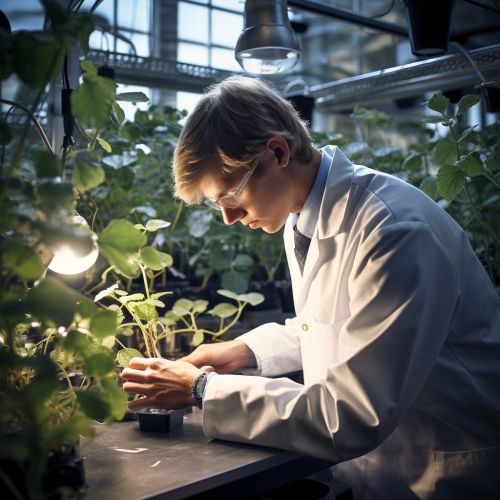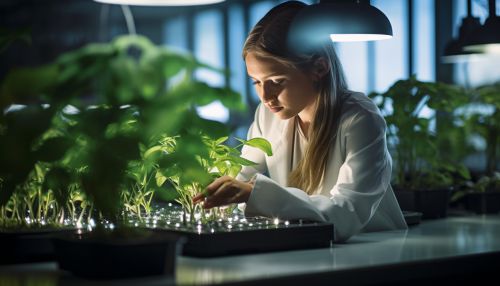The Biological Mechanisms of Plant Gravitropism
Introduction
Gravitropism is a biological process that directs the growth of plants in response to gravity. This mechanism plays a crucial role in the orientation of plant growth, affecting both root and shoot systems. The phenomenon of gravitropism is mediated by plant hormones, primarily auxins, which redistribute in response to changes in the gravity vector, leading to differential growth and the bending of plant organs.
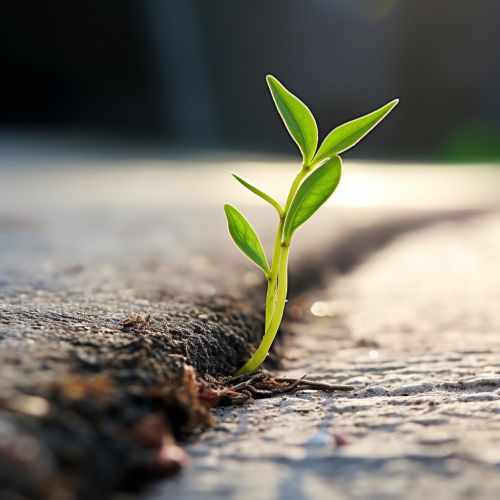
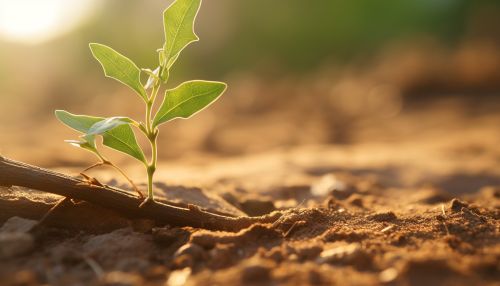
Mechanisms of Gravitropism
Gravity Perception
The perception of gravity in plants is primarily facilitated by specialized cells known as statocytes. These cells are located in the root cap in roots and in the endodermis in shoots. Statocytes contain dense, starch-filled organelles called amyloplasts, which function as statoliths (gravity sensors). When a plant is reoriented, these statoliths sediment due to the force of gravity, triggering a signal transduction pathway.
Signal Transduction
The sedimentation of statoliths initiates a cascade of biochemical signals, leading to the redistribution of auxins. This process involves the phosphoinositide pathway, calcium signaling, and the activation of MAPK cascades. These pathways collectively result in the activation of certain genes and the production of proteins that facilitate auxin transport.
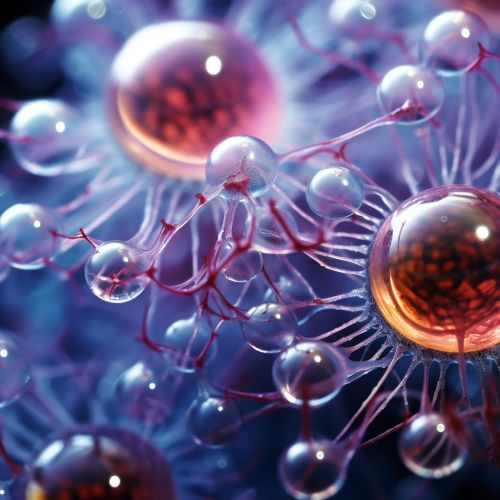
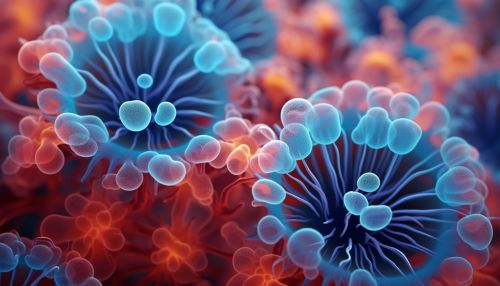
Auxin Redistribution
Auxins, the key hormones involved in gravitropism, redistribute in response to the gravity stimulus. This redistribution is facilitated by polar auxin transport, a process that involves several auxin transport proteins. The relocalization of auxins leads to differential growth, with cells on the lower side of the plant organ growing faster than those on the upper side, causing the organ to bend.
Role of Gravitropism in Plant Development
Gravitropism plays a pivotal role in plant development, influencing the orientation of roots and shoots. In roots, gravitropism promotes downward growth (positive gravitropism), enabling the plant to anchor itself in the soil and access water and nutrients. In contrast, shoots exhibit negative gravitropism, growing upward to maximize exposure to sunlight for photosynthesis.
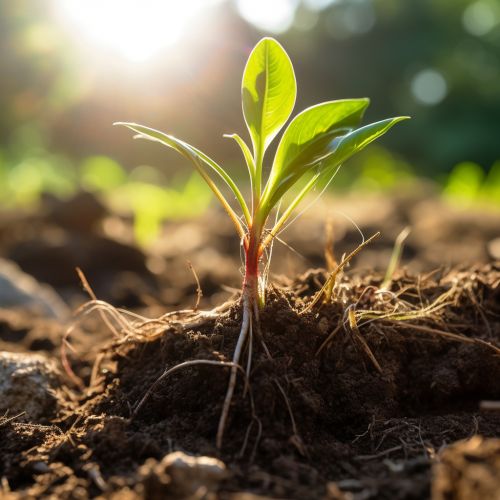
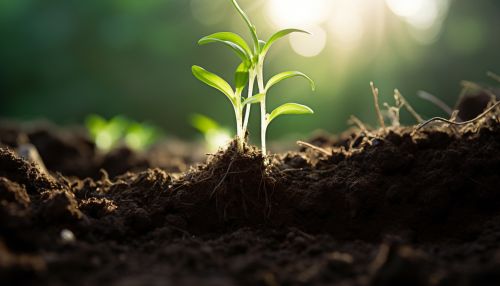
Gravitropism in Plant Adaptation
Gravitropism also plays a significant role in plant adaptation, particularly in response to environmental changes. For example, plants growing on slopes or in windy conditions often exhibit altered gravitropic responses to maintain their balance and optimize resource acquisition. Additionally, gravitropism can influence the direction of lateral root and branch growth, contributing to the overall architecture of the plant.
Research and Future Directions
Research into the mechanisms of plant gravitropism has provided valuable insights into plant physiology, development, and adaptation. However, many aspects of this complex process remain to be elucidated. Future research directions include the investigation of other potential gravity-sensing mechanisms, the role of other hormones in gravitropism, and the application of this knowledge in agriculture and space biology.
